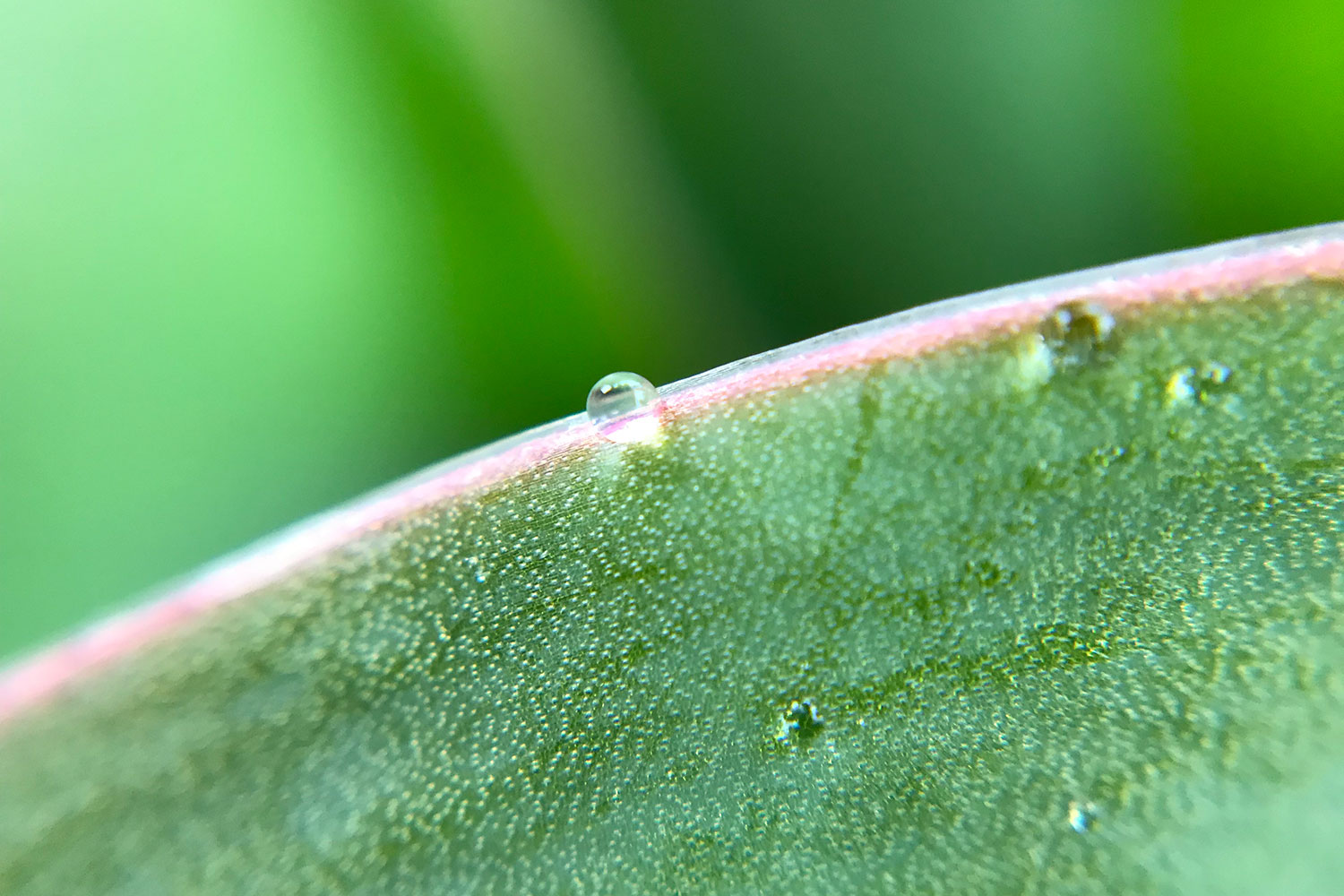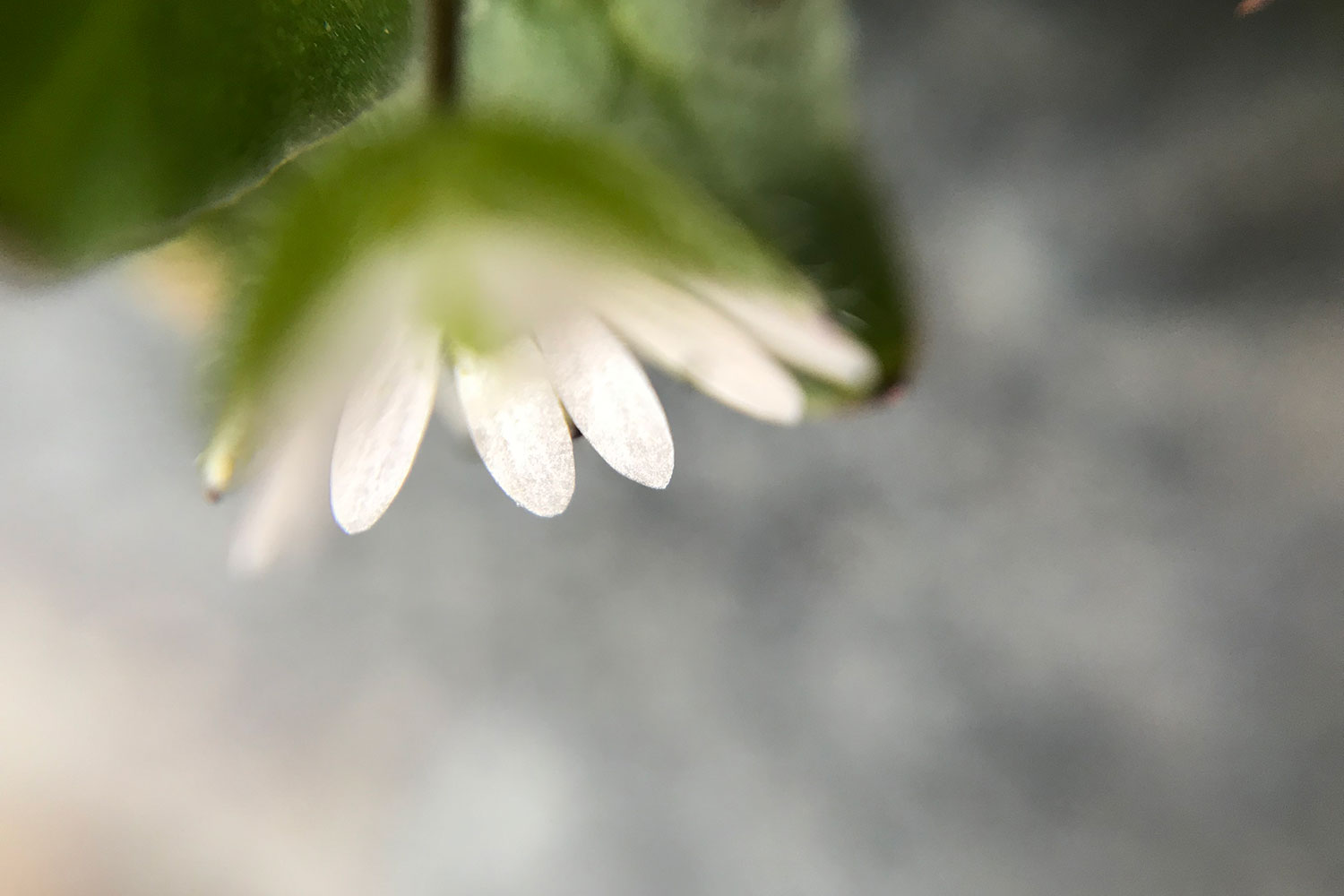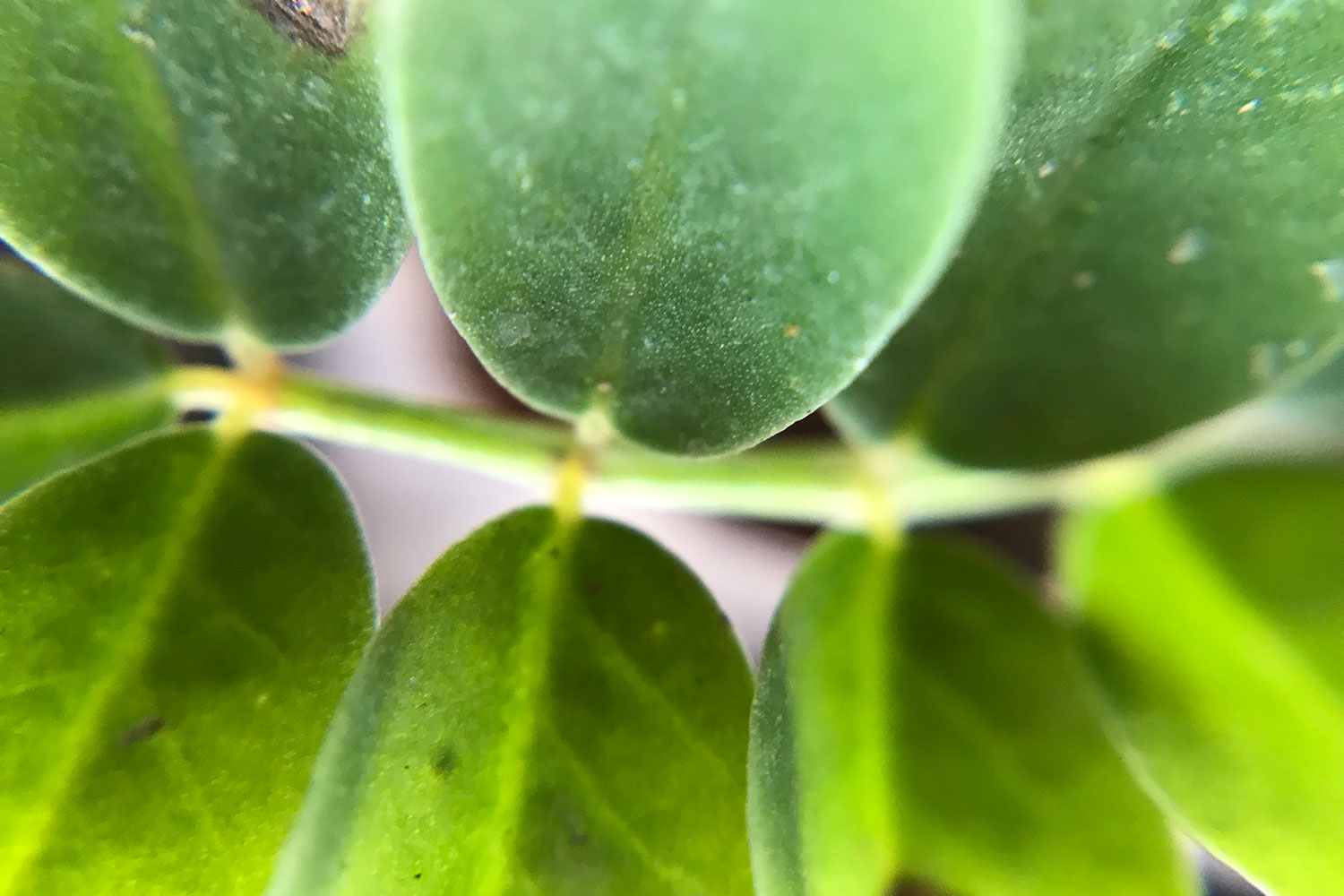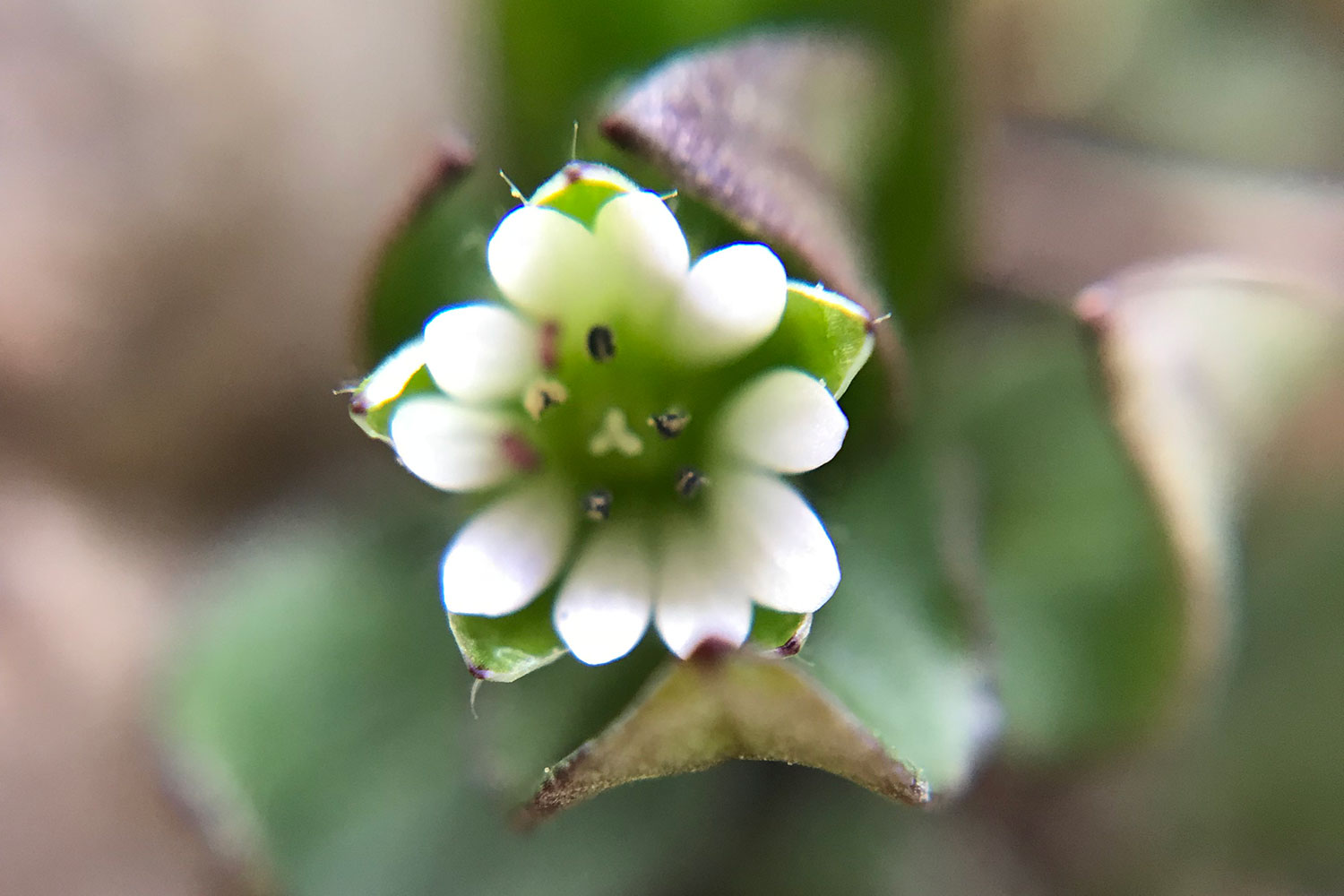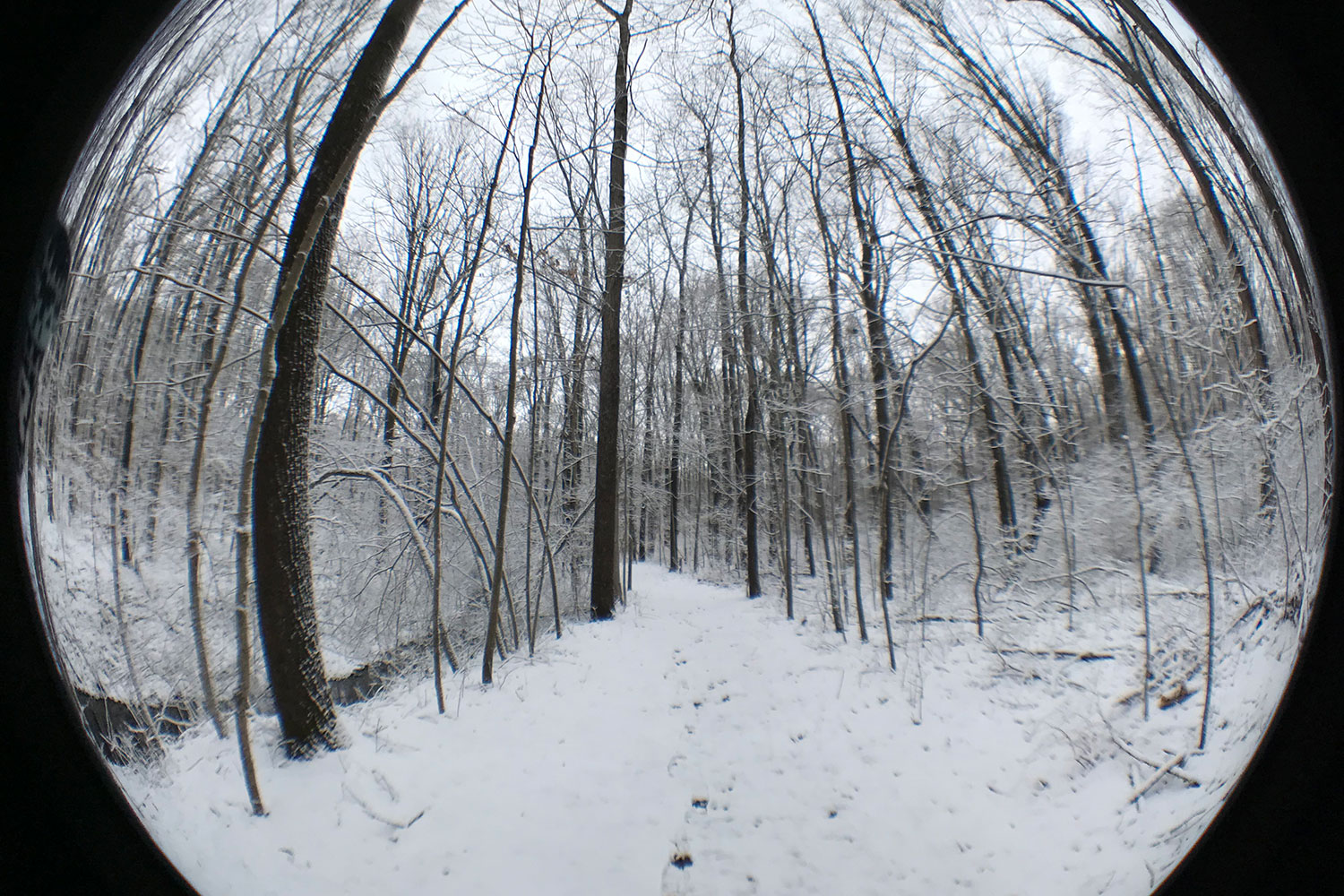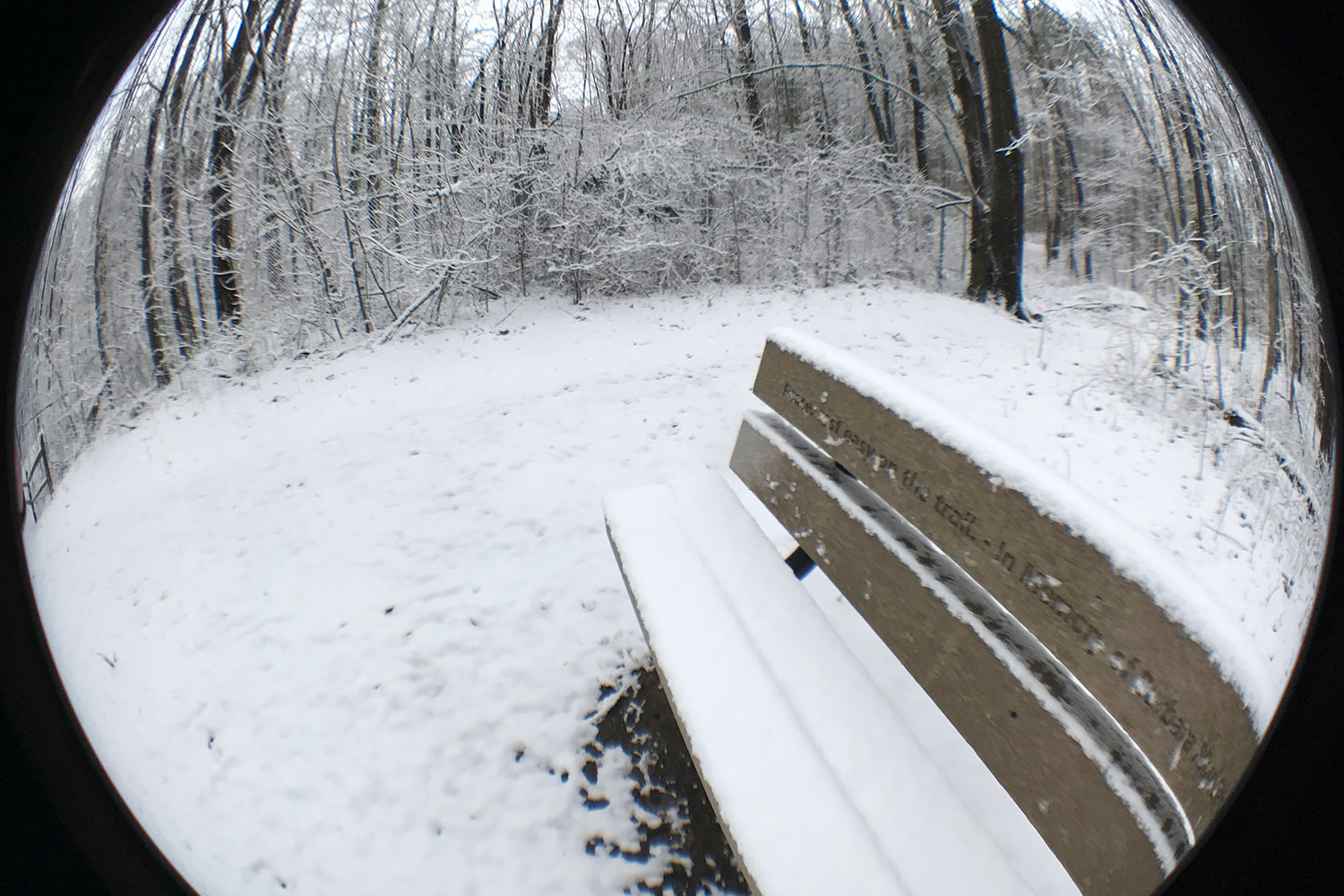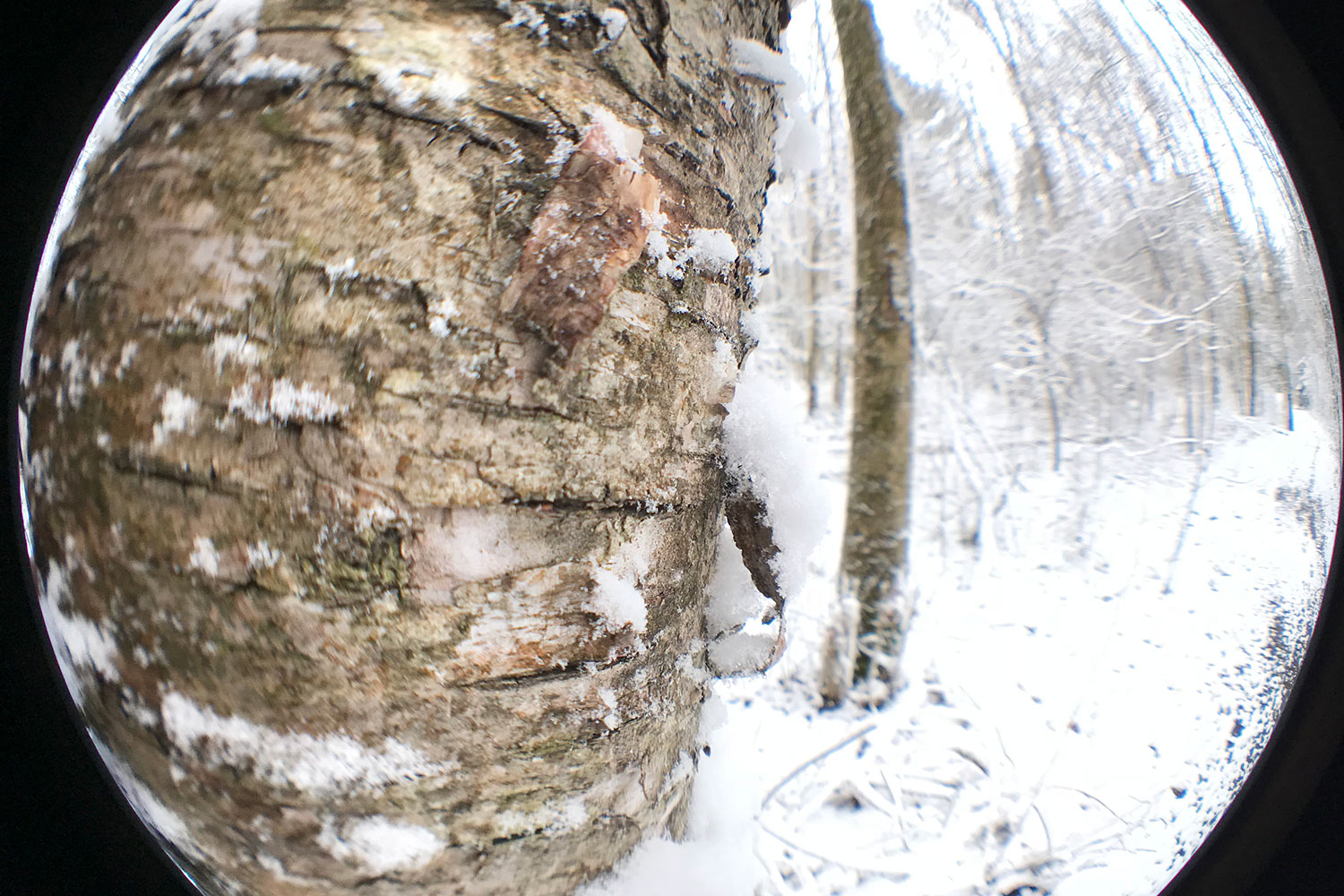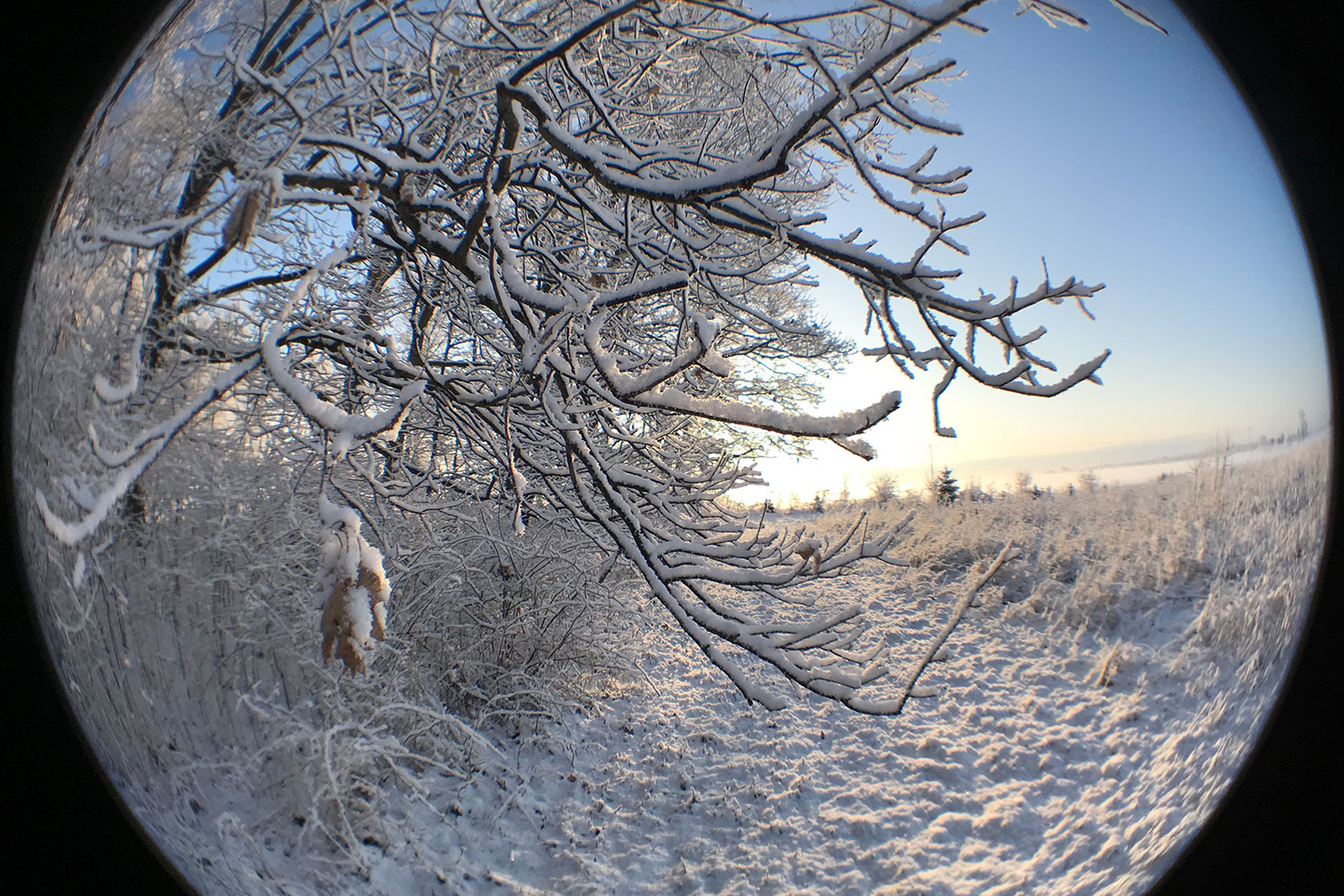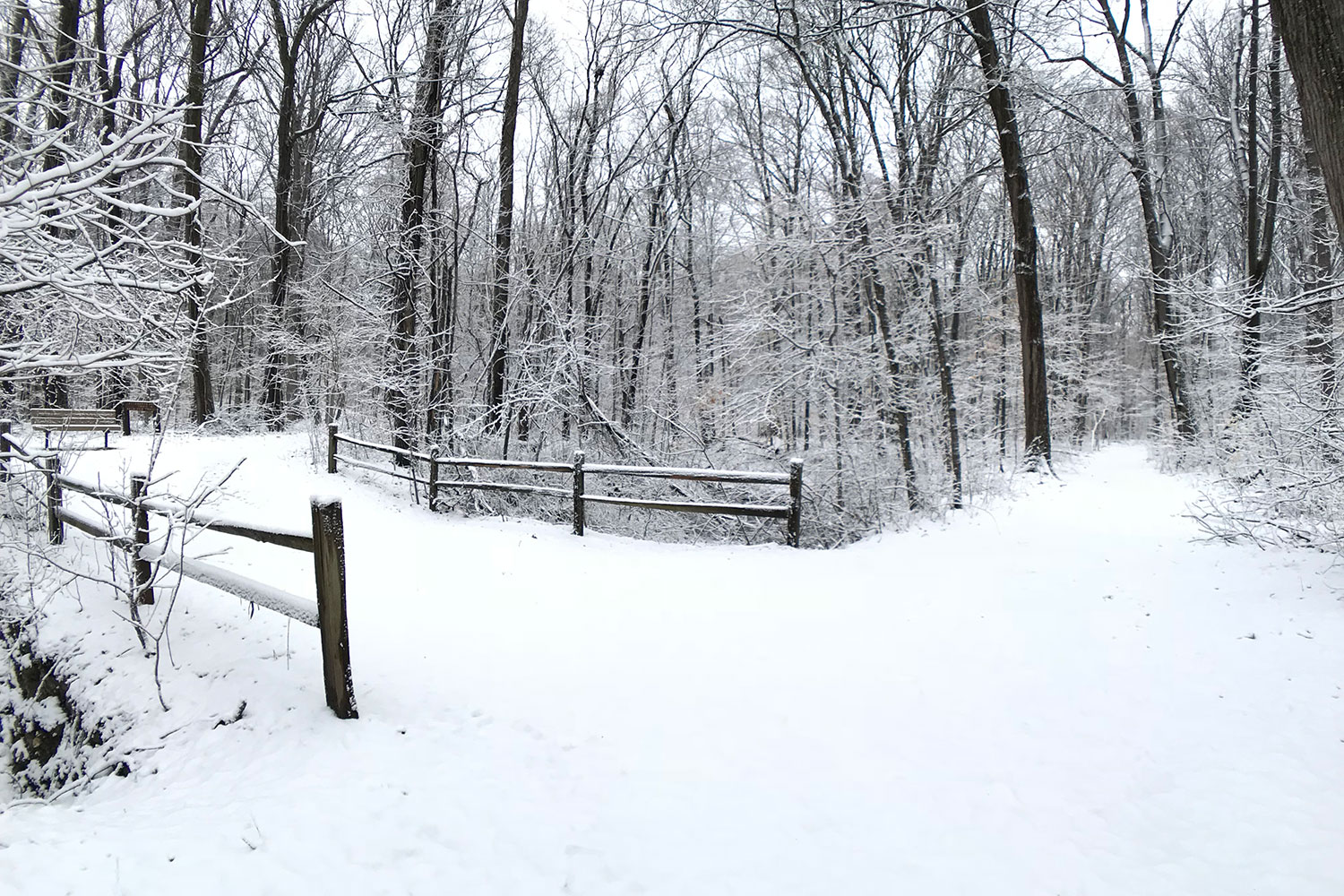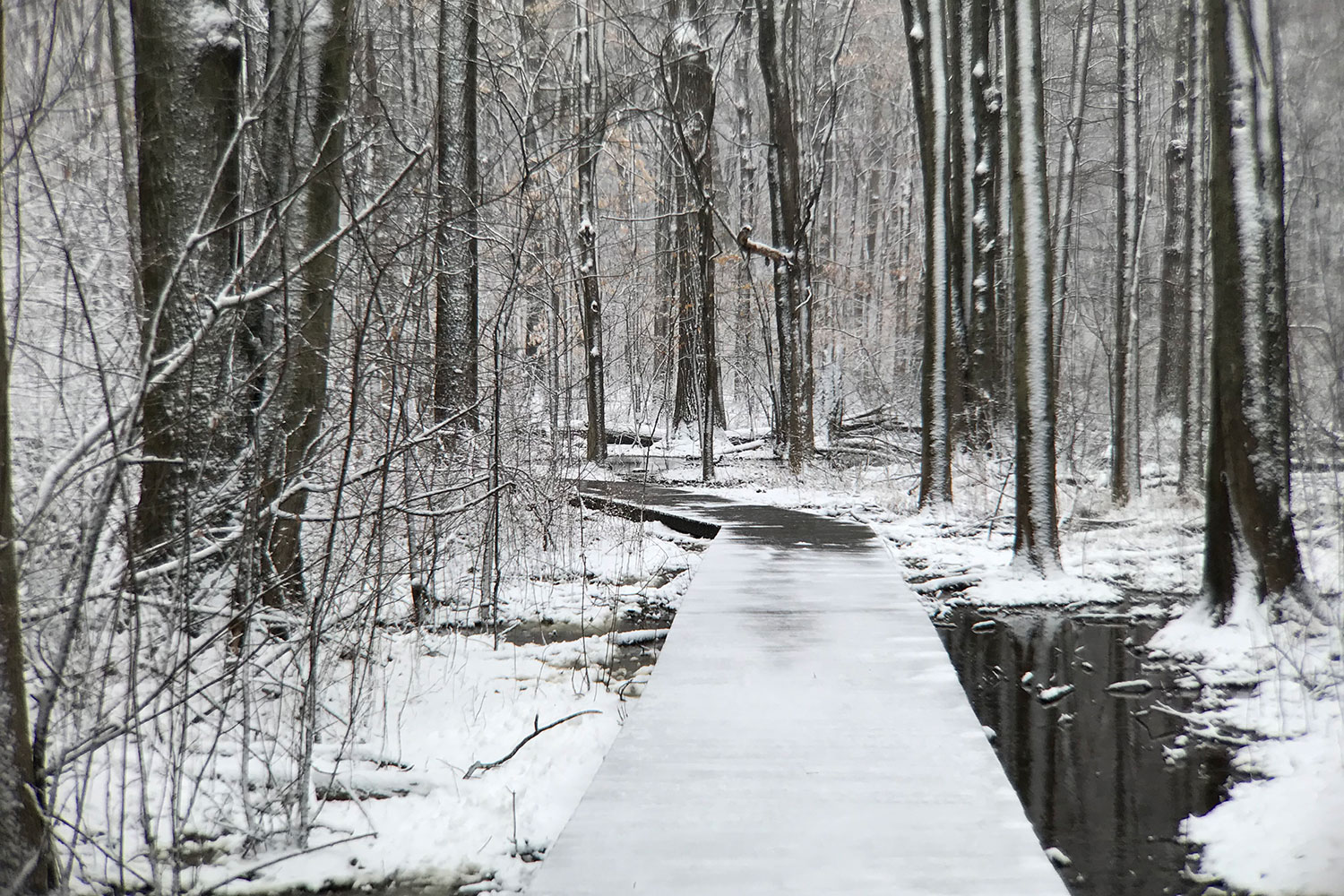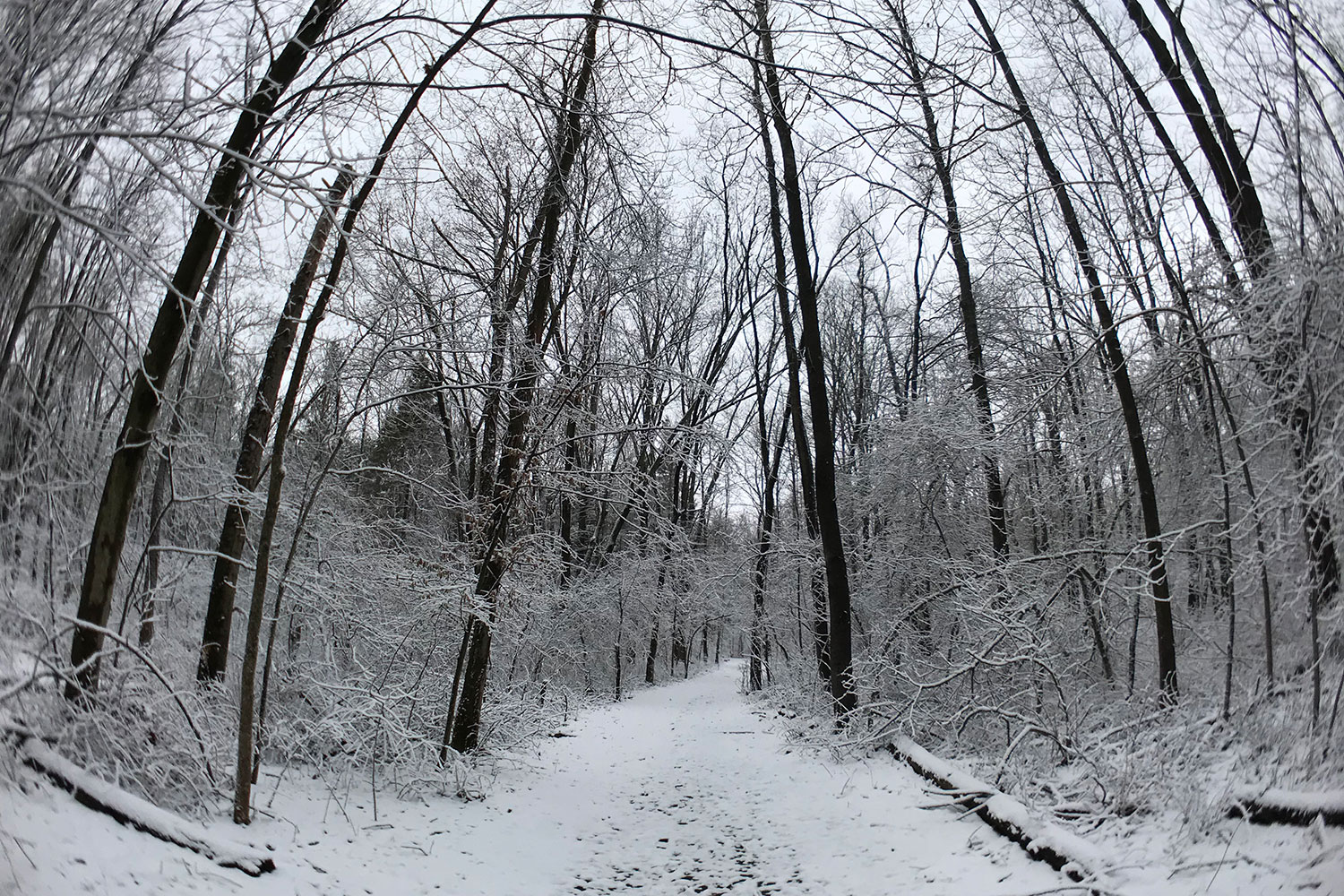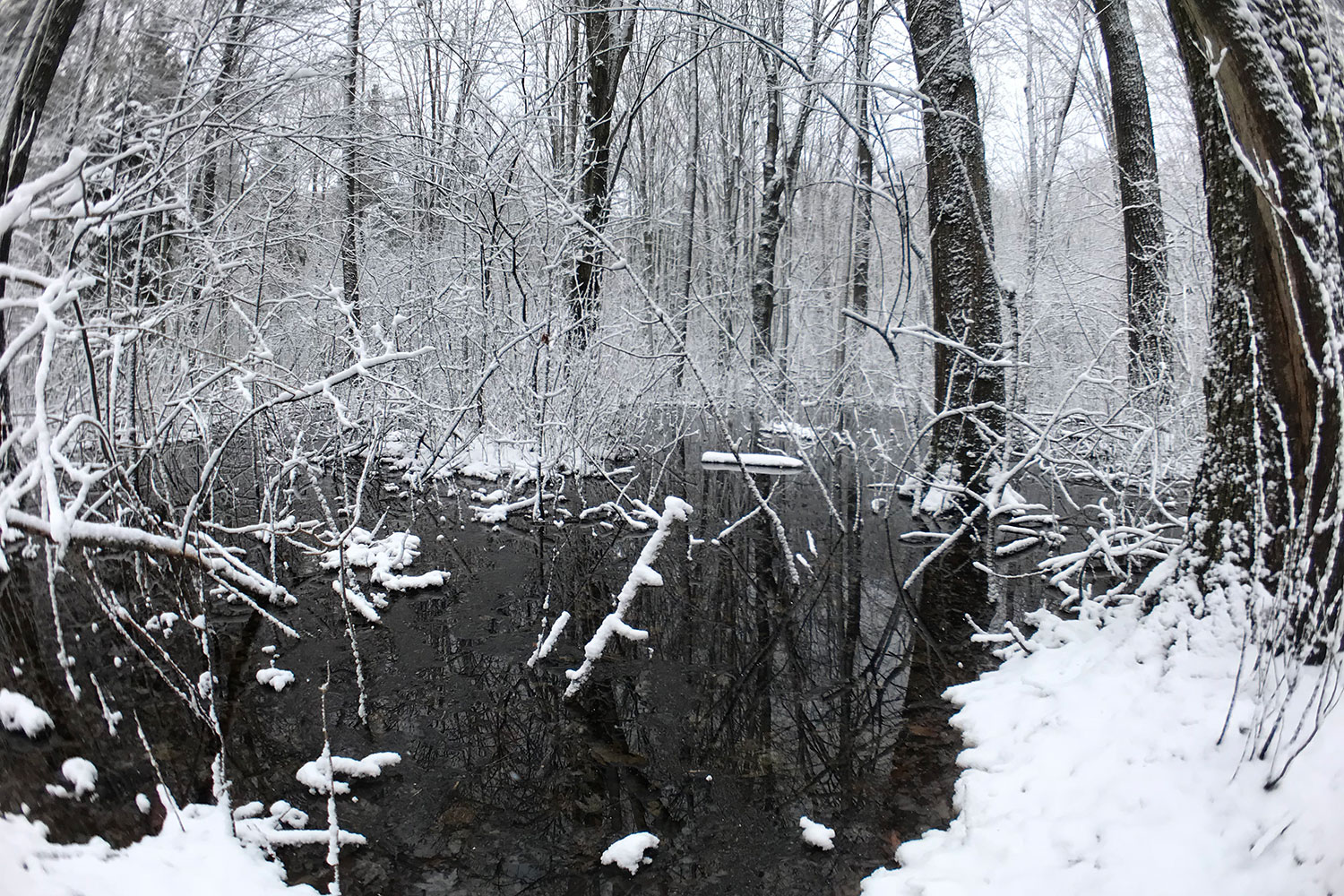“Versatile and reasonably priced, the Olloclip Filmer's Kit helps you snap iPhone photos you didn't think possible.”
- Excellent 15x macro
- 2x telephoto creates softer backgrounds
- Minimal lens flare
- Includes case and pivot grip
- Competitive price
- Not compatible with phone cases
- Clip covers part of the screen
- Some edge softness
When it comes to convenience and affordability, the smartphone camera reigns. But these multifunctional, pocketable devices lack the flexibility of standalone cameras. Smartphone accessory lenses aim to negate some of these limitations, but can also decrease the convenience and portability factor of using your phone as a camera.
Olloclip’s iPhone lens collection aims to offer the best of both worlds, all while keeping the price hovering around $100 for each lens kit. The Olloclip Filmer’s Kit takes that even further, shaving off at least $70 from the combined individual prices by bundling everything together, along with an ergonomic grip, into one case.
No amount of specialized glass is going to turn a smartphone into a DSLR — but the Olloclip suite of lenses makes previously impossible shots not only possible, but good. It opens up a range of focal lengths, and can even create some of that highly sought-after bokeh.
The clip in Olloclip
Olloclip lenses sit inside a clip that simply slides over the top of an iPhone, with two different sizes to accommodate the iPhone 7/8 and iPhone 7 Plus/8 Plus. Olloclip says the case will support most screen protectors, but it will not accommodate cases.
The lenses screw onto a base, which sits in a gap in the clip secured by two pegs. A button retracts one of those pegs, allowing the lens to be swapped out of the clip. The design makes switching lenses easy, though not foolproof, since it’s possible to install the lens backwards where it won’t sit over the iPhone camera. Once connected, the only time you’ll need to screw a lens in and out of the base is to use the two-in-one Fisheye and Macro. This design helps minimize the chance of getting finger prints on the lens.
Olloclip’s simple clip design makes adding and removing lenses straightforward and quick.
The clip is also double-sided, which means you can have one lens over the rear-facing camera and another lens over the front-facing camera. The clip is designed to have one lens on each side — if you want to only mount a single lens, you need to add what’s called a Blanking Base on the other side to prevent the clip from moving. Without that base, the lens will wiggle, exaggerating any camera shake while shooting video.
Although it just sits over the top of the phone, we weren’t worried about the clip falling off — it holds on pretty well, even when bumped.
The plastic piece that stores the lens clip doubles as a phone stand and tripod. Olloclip also includes a wrist strap and carabiner for keeping the clip handy.
One downside is that the clip covers a small portion of the screen at the top. When using the iPhone’s default camera app, we were unable to access the options for HDR, Live Photos, or the self timer without first removing the clip.
The Core Lens Set
Olloclip’s Core Lens Set includes three lenses. The super-wide and fisheye sit in the usual plastic base that attaches to the clip. The macro lens, however, is hiding inside the fisheye clip. Unscrewing the fisheye reveals the small macro lens in the base. The Core Lens Set is included inside the Filmmaker’s kit for $199, or can be purchased separately for $100, a fair price consider that it includes three lenses and the clip.
Macro
Macro lenses are always of our favorites out of every smartphone accessory lens system we’ve tried, and the Olloclip’s is no exception. The smaller sensor of a smartphone makes it much easier to create a close-up lens compared to a macro lens for a DSLR or mirrorless camera. In fact, a 15x lens is simply unheard of in the camera world, but the Olloclip 15x macro gets crazy close — for less than $100.
A 15x macro is a pretty extreme close-up — think photographing ants or very fine details. Getting in that close creates a narrow depth of field that’s not typically associated with a smartphone camera, an effect that is a double-edged sword.
A 15x macro is a pretty extreme close-up — think photographing ants.
To keep your subject in focus, the lens has to be held at just the right distance. There’s a very small sweet spot to hit, and getting a macro video of a moving subject is nearly impossible — every time you get the subject in focus, it’s already moved out of focus. We should note that this is simply the nature of macro photography, not anything specific to the Olloclip lens design itself.
When you nail focus, the lens is pretty sharp for a smartphone lens, allowing for capturing a good amount of detail. The edges of the image are fairly soft, but since the depth of field is so narrow, you might no even notice the softness unless you’re shooting a perfectly flat surface.
If you zoom in far enough, you can pick up a little chromatic aberration — or color fringing — but not at an amount that’s obvious or distracting from the image itself. The lens also doesn’t create any noticeable vignetting.
Fisheye
Screw the top piece of the lens back into the macro base, and you have a fisheye that captures almost a 180 degree view in a single shot. The lens is a circular fisheye, which means the resulting image is a circle on a black background. However, since the iPhone’s video mode is cropped compared to photo mode, this effect doesn’t carry over into movies, where the view isn’t quite as wide.
All fisheye lenses create distortion from that extremely wide view; that’s part of the charm. At the edges of the frame, straight lines will appear to bend in and if you try panning with it, you’ll create a psychedelic effect where different parts of the image distort differently as the camera moves. The lens is so wide that you have to be careful about where you hold the phone or your fingers will show up in the edges of the shot.
Out of all the lenses in the kit, the fisheye is the softest. The center isn’t quite as sharp as the other lenses and the edges of the image are noticeably blurred. The lens also causes some colored blue and green fringing that you might notice without zooming in, especially on a high contrast shot. Point it into the sun, and you’ll get a noticeable flare, but these usually show up as a tiny green dot that’s easy to edit out.
Super-wide
The Olloclip super-wide captures a wide view without the distortion of the Fisheye. It captures about a 120-degree angle of view, making it less wide than both the Fisheye and the ultra-wide lens that’s not part of the Core Lens Set but is included in the Filmer’s Kit..
The super-wide is also the most uniformly sharp lens out of all the Olloclip lenses we tested, with only slight curving in the edges. Unlike the fish-eye and ultra-wide, the edges of the image aren’t as noticeably blurred. The center may not be quite as sharp as the macro or telephoto, but the super-wide gets points for having greater consistency across the frame.
The lens will capture some blue color fringing, but only a minor amount that’s not noticeable without pixel peeping. Like the other lenses, it will flare when pointed directly at the sun, but as with the fisheye, this can usually be removed in post quite easily.
The Active Lens Set
The Olloclip Active Lens set includes a 2x telephoto and an ultra-wide lens that captures about a 155-degree angle of view. The set is included in the Filmer’s Kit, or retails on its own for $120 including the clip.
2x Telephoto
Olloclip’s telephoto lens was a close second favorite after the macro as it also makes it possible to blur the background beyond what’s normally seen from a smartphone camera. A 2x zoom isn’t anything crazy, but it helps you get a bit closer, while the slight decrease in depth of field helps isolate your subject.
The telephoto is decently sharp at the center, but the edges of the image are noticeably softer. Chromatic aberration is minimal, with few colored artifacts on the edges of high contrast areas.
The lens does vignette a bit, darkening the corners of the image, and like the other lenses, pointing it towards a bright light source will create a flare. Flaring is generally minimal, but the telephoto lens did occasionally produce larger flares not characteristic of the other lenses.
Ultra-wide
Ollclip calls the 155-degree view from the ultra-wide an action-camera-like lens. It is wider than the super-wide but not quite as wide as the fisheye and still creates a rectangular image.
With the 155-degree view, there’s some expected distortion that’s exaggerated in any objects that are closer to the lens. Straight lines will appear to curve but that’s expected for such a wide lens on a smartphone.
Center sharpness is about average, a good quarter of the image at the edges is blurred. Both vignetting and chromatic aberration are minor, however. Lens flares are also small and in most shots would be easy to edit out.
The Olloclip Filmer’s Kit Accessories
Along with the five lenses, the Filmer’s Kit includes an ergonomic handle called the Pivot and an Incase case to keep everything organized.
The Pivot offers a more comfortable to hold your phone for longer shoots. It comprises a handle and a spring-loaded phone cradle, with a rotating base in between allowing for 225 degrees of motion, with a button on the handle to easily adjust the angle of the smartphone.
The 2x zoom isn’t anything crazy, but it does bring you in closer and helps soften the background.
Constructed from plastic, the handle doesn’t add a lot of weight to the setup. Still, the Pivot still feels nice in the hands and doesn’t feel like it may break easily like some cheaper plastics. While the handle folds up, calling the Pivot “pocketable” is probably a stretch — unless you’re wearing cargo pants.
The top of the smartphone cradle also houses a cold shoe mount for adding an accessory. The cradle can be twisted off and replaced with a GoPro mount to convert into an action camera handle.
The Incase case has a rigid outer shell for keeping the lenses safe and a foam insert keeps everything protected and organized. The insert is cut for the iPhone Plus clip, so the standard-sized iPhone clip doesn’t fit as well into that slot. Under the lid, a mesh pocket can house small accessories. The zip case doesn’t have any sort of handle, but it’s small enough to slide into pretty much any messenger bag, backpack or even most purses.
The accessories in the Filmer’s Kit are well-built and easy to use — but that’s not the best part. With the package pricing, the case and Pivot are essentially free. Individually, the lens kits cost $99 and $120, which is already over the $200 cost of the Filmer’s kit, even before considering the $50 Pivot and the bespoke case.
Warranty
The Olloclip Filmer’s Kit carries a standard 1-year warranty.
Our Take
Smartphone lenses are tricky to get right because you’re placing a lens over an existing lens inherently makes the lenses more prone to flaws like soft edges and vignetting. While not immune to those flaws, the Olloclip lenses offer solid performance considering they cost less than $50 each. The individual lens kits make sense for users that just want a particular style of lens, like a macro or a telephoto, but the price of the Filmer’s Kit makes the set great even for still photographers that want all five lenses.
Is there a better alternative?
Accessory lenses are a category full of competition, but the Olloclip sits at a sweet spot between quality and price. Moment lenses are well known for their quality, but they can also be $90-$100 for a single lens — in addition to the required $30 case. The Bitplay is more in line with the Olloclip’s price point, and it has a better case compared to the Olloclip clip, but the lenses were more prone to large flares than were Olloclip’s. The mix of quality and price makes Olloclip a strong competitor.
How long will it last?
Olloclip’s clip design accommodates both the iPhone 7 and 8 along with both plus models. Even if Apple changes the the design of the iPhone 9, you should only need a new clip to keep using your Olloclip lenses on future phones. The priciest portion of the kit — the lenses and the Pivot — should last for years, provided you don’t lose or scratch one.
Should you buy it?
Yes. Despite the name, the Olloclip Filmer’s Kit isn’t just for making movies, and is very attractive at the $200 price. If you want more versatile shots and more bokeh without giving up the portability of a smartphone, it is an excellent option whether you prefer shooting stills or video. If you want to keep your phone in a case at all times, or need something with tack sharp edges, Olloclip’s set probably isn’t for you. But for many iPhoneographers, the set offers both versatility and value.






